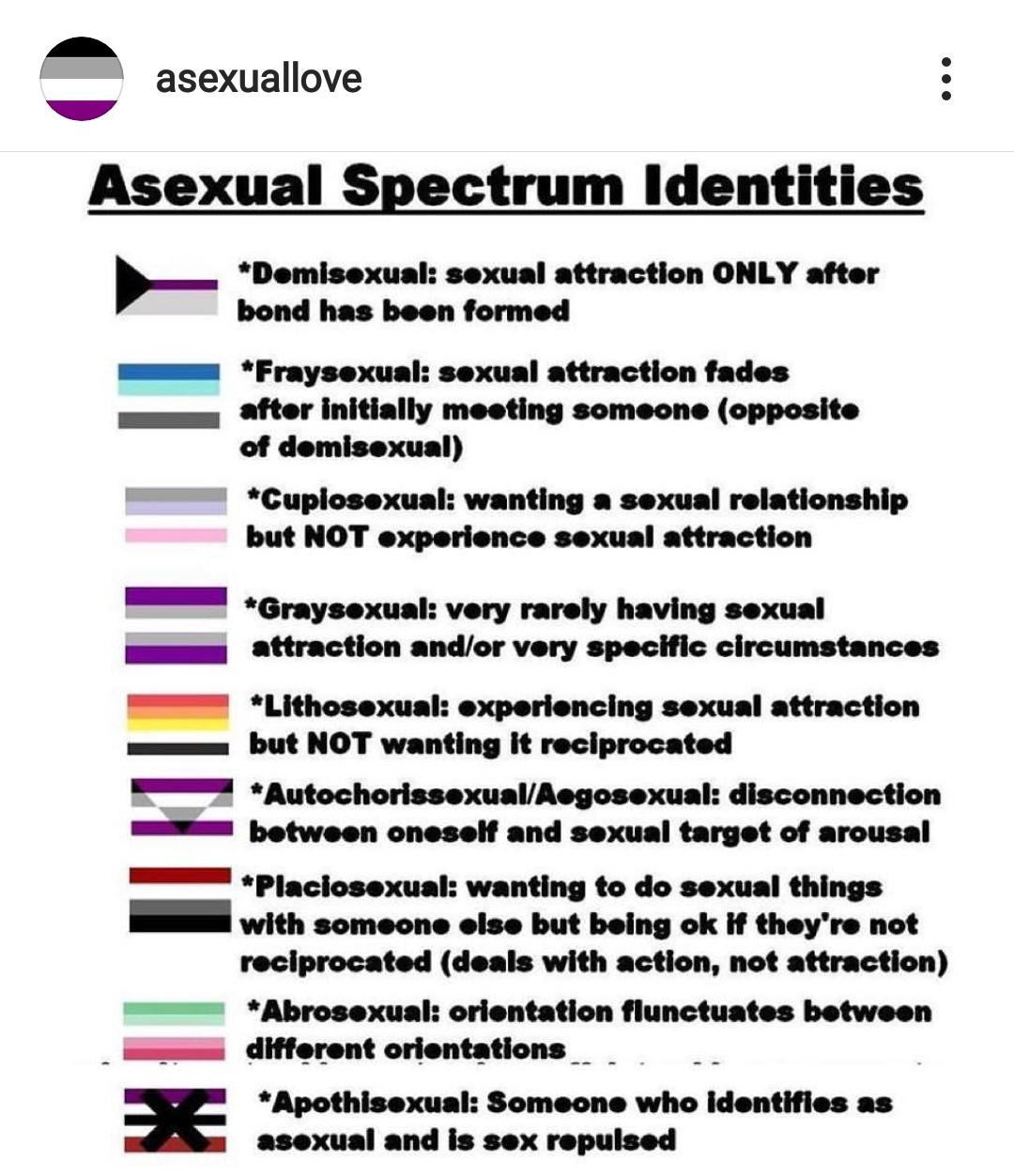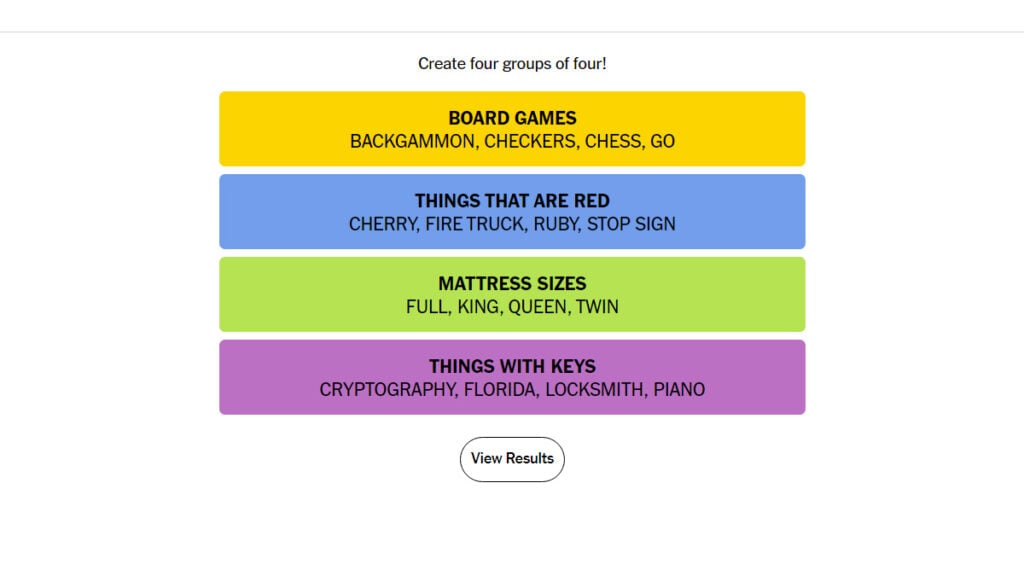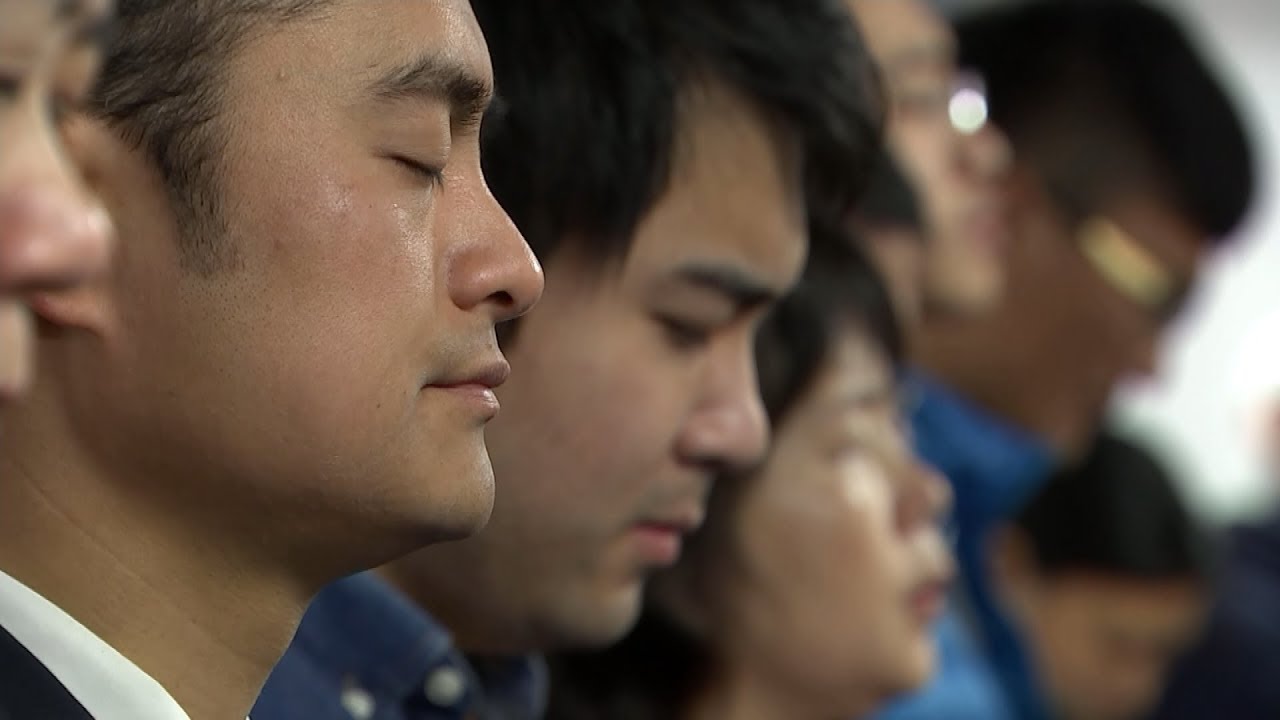International Asexuality Day: Understanding Asexual Identities

Table of Contents
Defining Asexuality
What is asexuality? Simply put, asexuality is a sexual orientation characterized by a lack of sexual attraction to any gender. This means asexual individuals do not experience the desire for sexual activity. It's crucial to differentiate asexuality from other sexual orientations and identities. Many confuse it with celibacy, which is a conscious choice to abstain from sex, or aromanticism, which is the lack of romantic attraction. Asexuality is neither of these.
Addressing common misconceptions is vital to fostering understanding. Asexuality is:
- Asexual is a sexual orientation, not a choice. It's a fundamental aspect of someone's identity, not a decision they make.
- Asexual people may still experience romantic attraction. Many asexual individuals form romantic relationships and experience love and intimacy, but without the desire for sex.
- Asexual experiences are diverse and individual. There's no single "asexual experience." The way asexuality manifests varies greatly from person to person.
- Asexuality is not a mental health disorder. It's a natural variation of human sexuality, not a pathology.
The Asexual Spectrum
The asexual spectrum encompasses a wide range of experiences and identities. It's not a binary; instead, it represents a fluidity of attraction. Understanding the spectrum helps us appreciate the diversity within the asexual community. Here are some key terms:
- Gray-asexual: Individuals who experience sexual attraction rarely or under specific circumstances. Their level of sexual attraction may fluctuate over time.
- Demisexual: These individuals only experience sexual attraction after forming a deep emotional connection with someone. The emotional bond is a prerequisite for sexual attraction.
- Aromantic: Aromanticism refers to a lack of romantic attraction. While often associated with asexuality, it's a distinct aspect of identity; someone can be asexual and alloromantic (experiencing romantic attraction), aromantic and allosexual (experiencing sexual attraction), or both aromantic and asexual.
Challenges Faced by Asexual Individuals
Asexual individuals often face significant challenges due to societal misconceptions and a lack of representation. The invisibility and erasure of asexual identities in media and society contribute to feelings of isolation and misunderstanding. These challenges manifest in various ways:
- Pressure to conform to societal expectations of sexuality. The constant messaging around the importance of sex and relationships can be incredibly stressful for asexual individuals.
- Difficulty finding partners who understand asexuality. Finding someone who respects and accepts a lack of sexual attraction can be difficult. Open communication and understanding are crucial in asexual relationships.
- Misunderstandings and lack of acceptance from family and friends. Lack of education about asexuality can lead to family and friends questioning or dismissing the validity of asexual identities.
- Limited resources and support specifically for asexual individuals. While progress is being made, resources dedicated to the asexual community are still relatively limited compared to those for other sexual orientations.
Resources and Support for the Asexual Community
Fortunately, there are growing resources and communities dedicated to supporting asexual individuals. Finding spaces where asexual people can connect, share experiences, and find validation is essential for well-being.
- The Asexual Visibility and Education Network (AVEN): AVEN is a prominent online resource providing information, community forums, and support for asexual individuals. [Link to AVEN website]
- Other Online Communities: Numerous online forums, social media groups, and blogs offer support and a sense of community.
- Books and Articles: Several books and articles explore asexuality, offering valuable insights and perspectives.
This International Asexuality Day, let's reaffirm our commitment to understanding and celebrating the diverse spectrum of human sexuality, including asexuality. We've explored the definition of asexuality, its nuances, the challenges faced by asexual individuals, and the resources available for support and understanding. Learn more about asexuality and its diverse expressions. Join the conversation, challenge misconceptions, and promote inclusivity for all sexual orientations, including asexuality. Let's make this International Asexuality Day a step towards a more accepting and informed world. #Asexuality #InternationalAsexualityDay #AceAwareness #AceSpectrum #Demisexual #GrayAsexual

Featured Posts
-
 India News Today Top 5 Headlines Bjp Vs Congress You Tuber Spy Case And Breaking News
May 19, 2025
India News Today Top 5 Headlines Bjp Vs Congress You Tuber Spy Case And Breaking News
May 19, 2025 -
 Solve Nyt Connections Today March 5 2025 Puzzle
May 19, 2025
Solve Nyt Connections Today March 5 2025 Puzzle
May 19, 2025 -
 Manuel Orantes Fallece El Iconico Tenista Espanol
May 19, 2025
Manuel Orantes Fallece El Iconico Tenista Espanol
May 19, 2025 -
 Olive Branch Seeks Donations And Bids For Pickleball Court Construction
May 19, 2025
Olive Branch Seeks Donations And Bids For Pickleball Court Construction
May 19, 2025 -
 The Eus Tightening Grip A Growing Exodus Of Europeans
May 19, 2025
The Eus Tightening Grip A Growing Exodus Of Europeans
May 19, 2025
